MATHEMATICAL MODELING
Mathematical modeling provides new opportunities for the development and technical support of modern prototypes of rocket engines and propulsion systems.
Mathematical modeling provides new opportunities for the development and technical support of modern prototypes of rocket engines and propulsion systems.
Mathematical modeling is carried out in the main areas of physical processes such as thermodynamics, gasdynamics, combustion, heat and mass exchange, thermal modes and thermal protection, thermal chemistry, thermal strength, resistance of materials, high and low frequency resistance of operating processes, ballistics, acoustics.
Priority directions for the development of facilities and methods of mathematical modeling at Keldysh Research Center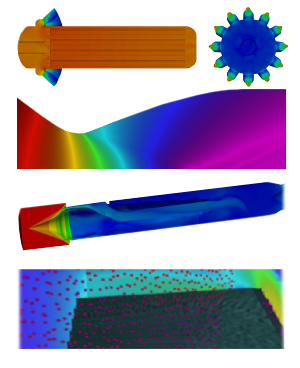
Gasdynamics and heat exchange

Combustion in LRE

Diagrams and virtual models of products
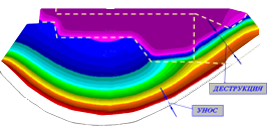
Destruction of materials

Processes in cryogenic fuel tanks
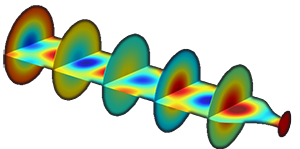
Acoustics
Modern mathematical modeling requirements are taken into account upon the development of virtual modeling technologies of operating processes. They are the following:
- Mutual influence of elements of the system.
- Optimization of physical, design, technological and economic parameters.
- Modeling of engine operation at all stages of life cycle.
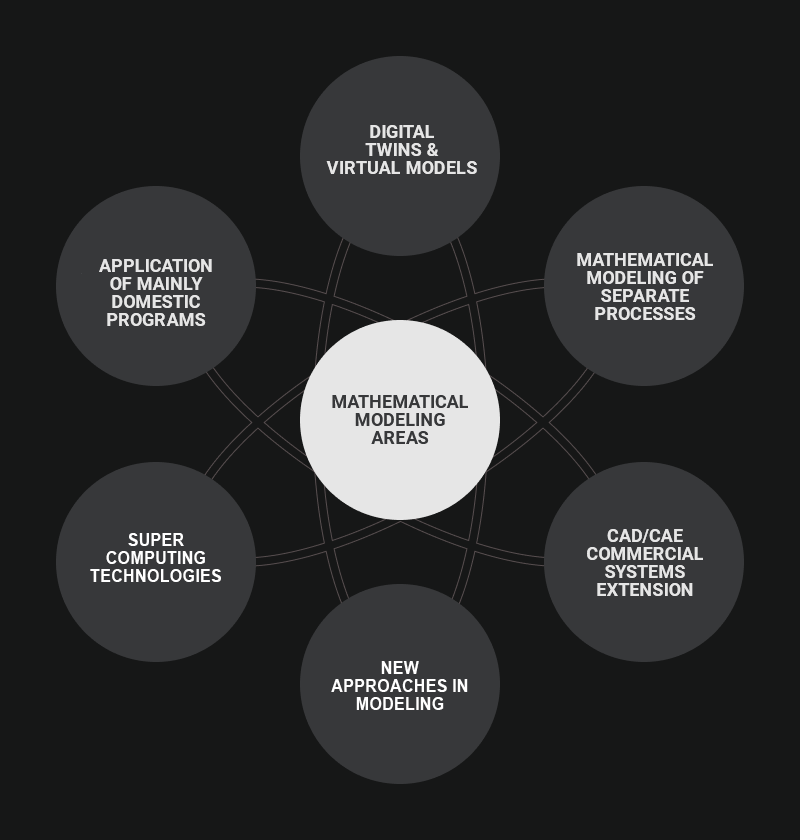
Modeling of complex gasdynamic two-phase flows are being conducted. Obtained results allow improving a duct configuration of engines of high-speed flight vehicles.

Thermal models of engines are being developed in order to verify operating parameters during autonomous simulation under terrestrial conditions as well as when operating in assembly with a booster in space.

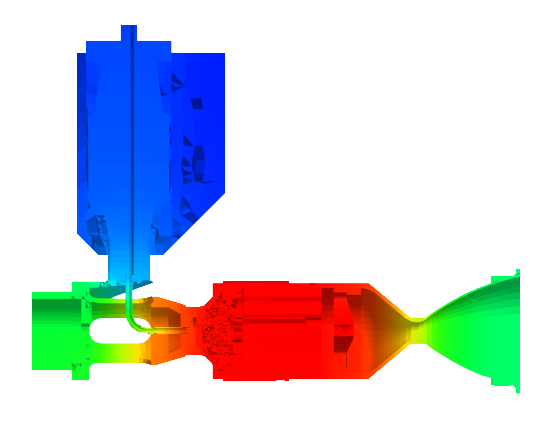
A virtual thermal model of a rocket is created to simulate off-nominal & emergency situations.
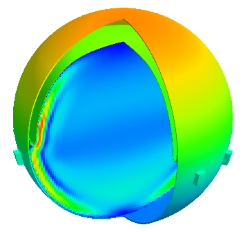
Calculation modules allow modeling very complicated processes with high accuracy in spacecraft propulsion systems under microgravity conditions.
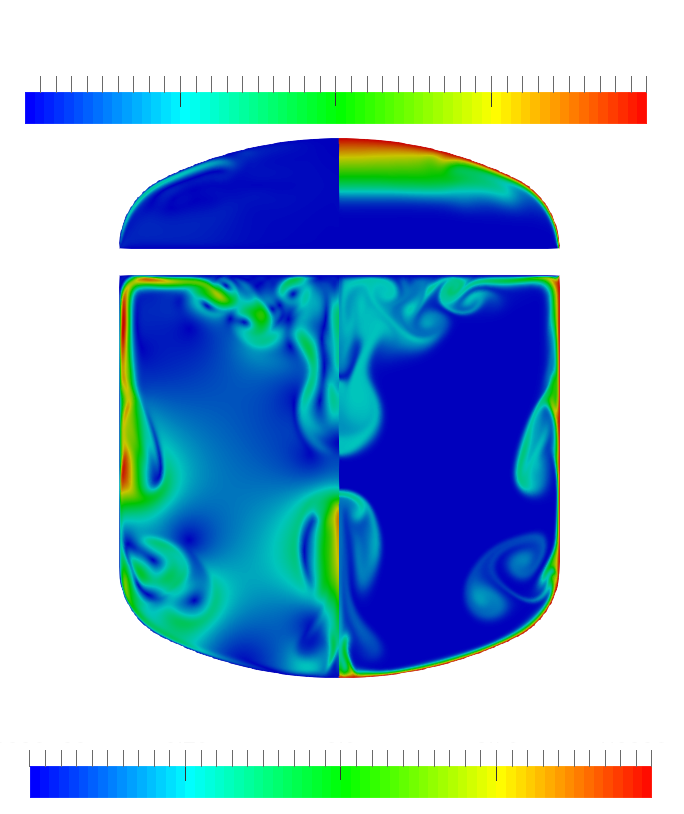
New approaches for the description of liquid & gas media based on the solutions of the Boltzmann equations allow applying fast algorithms for “end-to-end” modeling of two-phase flows in cryogenic tanks of rocket stages or boosters.

1. 1. A 3D mathematical model of charged particle flows in ion and optical systems of ion thrusters (IOS-3D).

Ion trajectories and the prediction of electrodes erosion in IOS of ion thrusters:
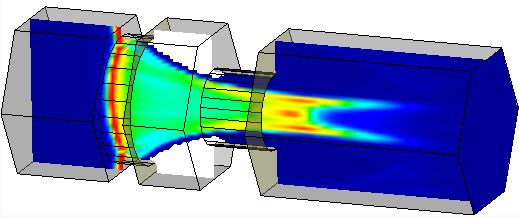
|
Distribution of space charge of the ion beam in the IOS cell |
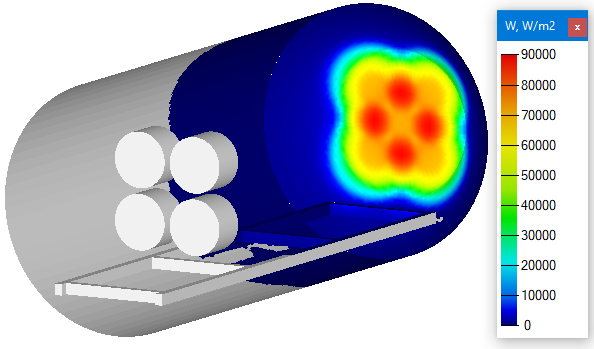
|
Thermal impact of the module of electric propulsion thrusters on the vacuum chamber walls |

|
Neutral gas flow in the SPT discharge channel |
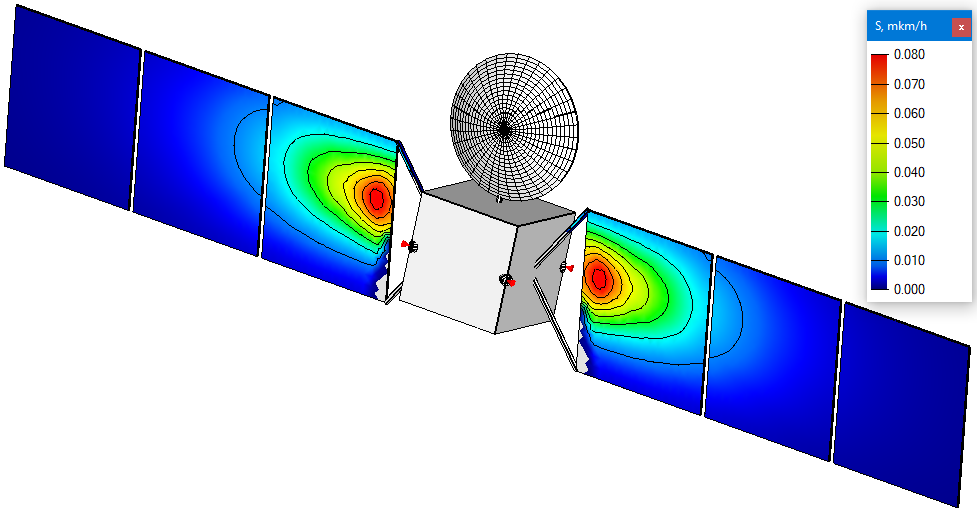
|
Sputtering rate onto solar arrays panels by ions of a plasma jet of electric propulsion thrusters |
2. A 2D axisymmetrical FullPIC model of plasma in the gas-discharge chamber of the ion thruster that allows calculating local discharge parameters and the dynamics of plasma components.
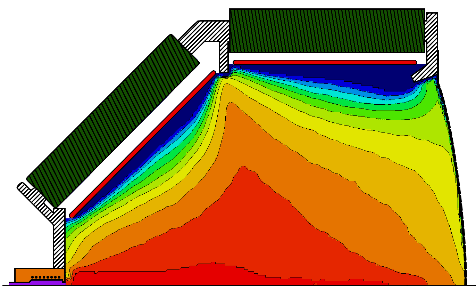
|
Plasma Concentration |

|
Plasma Potential |

|
Electron Dynamics |
3. Modeling of plasma instability that increases the plasma conductivity across a magnetic field
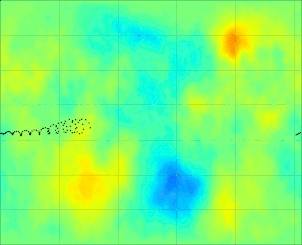
4. Modeling of local plasma parameters in the Hall thruster discharge chamber

|
Plasma Density |

|
Plasma Potential |

|
Electron Temperature |
DIGITAL TWINS
Works on digital twins’ creation of rocket engines and power propulsion systems of rocket and space technology are being carried out in the direction of the development of mathematical modeling facilities.
Works on creating digital twins of rocket engines and power propulsion systems of rocket and space technology are being carried out in the direction of the development of mathematical modeling facilities.
Digital twins operate on an integration platform developed in Russia.
Works on physical models of separate processes are being conducted and specified. Databases of material properties, parameters of heat and mass transfer models, erosion are being generated.
Computing units of typical elements such as gas generators, controllers and combustion chambers are under the development.
Created digital twins are applied at the industrial enterprises and used for the selection of diagram & layout in the early stages of design. They are also used in order to improve heat-stressed elements of the construction for optimal decision of energy/mass ratio, to analyze results of experimental simulation, to identify and to solve reasons of off-nominal operation, to predict changes of characteristics in case of a long-term storage and to analyze modernization opportunities.
The development & introduction of normative and technical documentation that regulate the application of mathematical modeling facilities, in particular, digital twins at all stages of a product`s life cycle from the beginning of design until the recycling stage is one of the important activity directions. Inter-departmental acknowledgement of mathematical modeling results with the use of digital twins that approves the operational performance of developing products equally with real tests is a promising outcome of these works.



